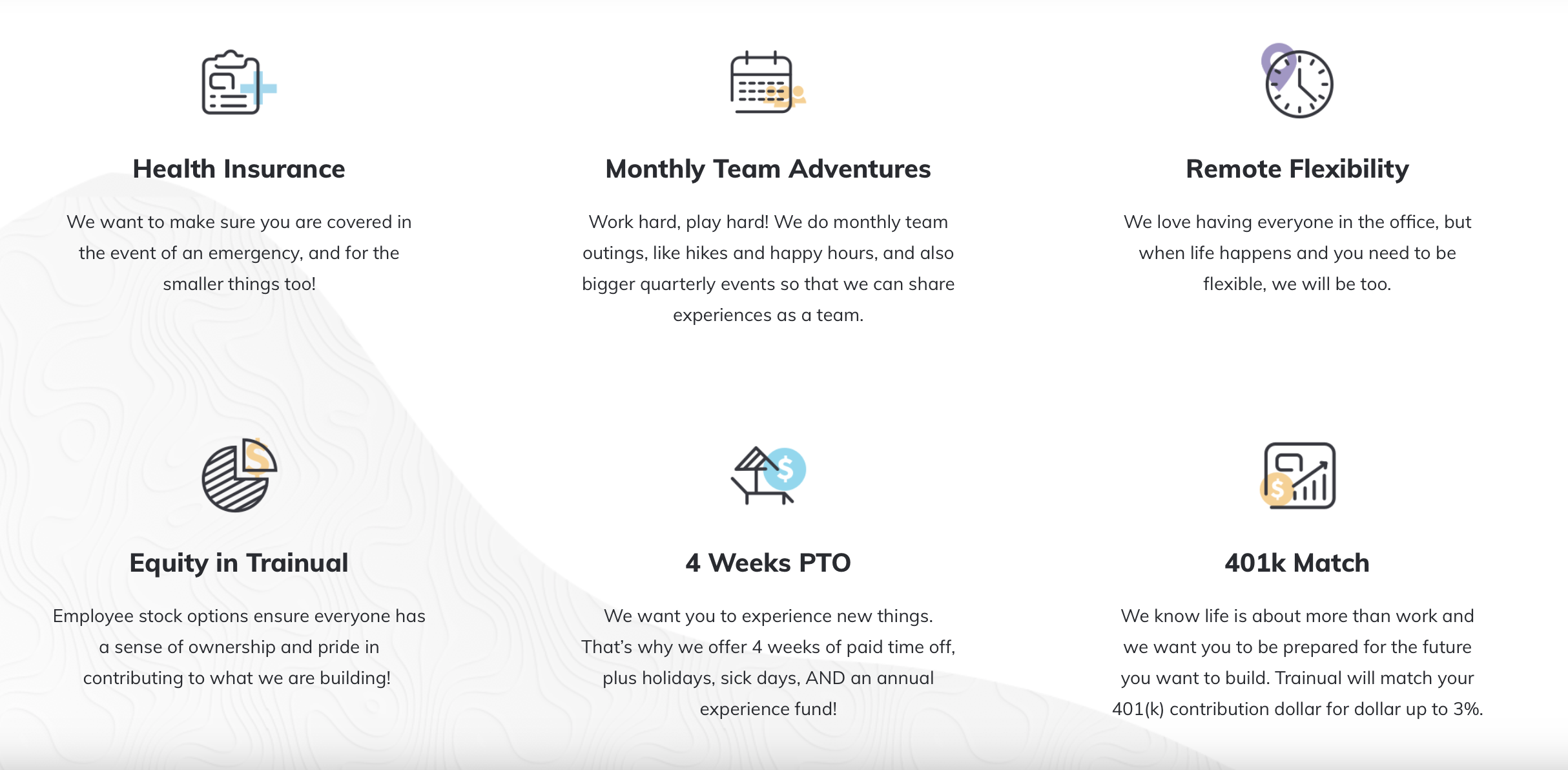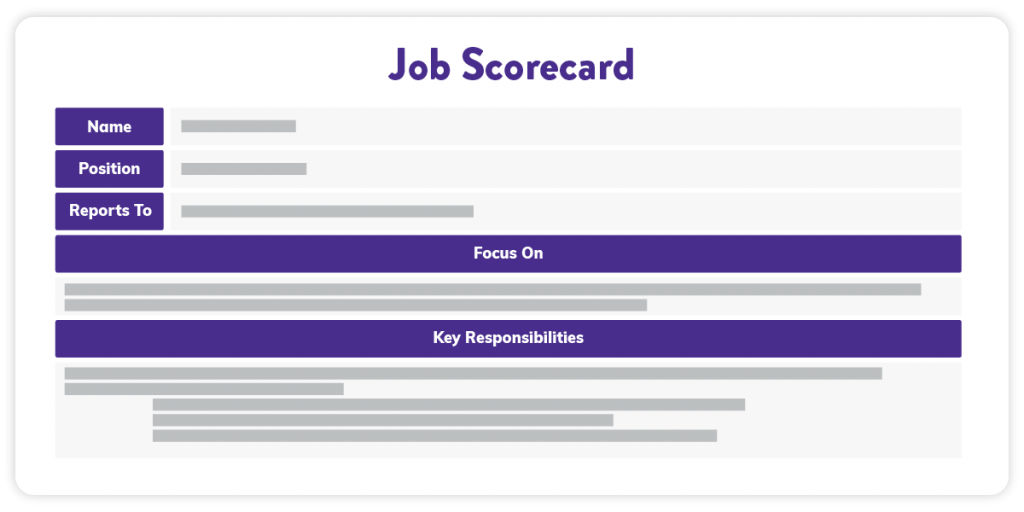
Articles
How To Create An Equitable Compensation Program
August 14, 2020

In America, we have had the unfortunate history of excluding people of color, women, and other minorities from many wealth-generating activities. This includes equitable compensation.
Understanding the historical implications on current inequality was the focus of my undergraduate studies and one of the key drivers in my transition into my career in People Ops.
And while I can’t change history, I can do my part to dismantle injustice within workplace practices and policies – and urge others to do the same.
Why this matters
Today, in 2020, we still have a racial (and gender) wage gap. And by looking at compensation as an opportunity for generational wealth accumulation through a historical policy lens, it is clear why.
In the 20th century, when white settlers were immigrating to the United States en masse, they were privy to the benefits granted to white Americans. Namely, the Federal Housing Administration (FHA) and redlining, which came with it.

Redlining is a practice used to appraise a neighborhood’s eligibility for loans. But it does so by discriminating against low-income and minority areas – and actively denying black Americans access to better housing opportunities.
Three out of 4 neighborhoods that were historically “redlined” 80 years ago continue to struggle economically. That’s because the practice was denying more than just housing; it was denying access to the better educational opportunities available in these neighborhoods.
And even after Brown v. Board of Education passed in 1954 and schools began integrating, overt and covert racism permeated every classroom and school bus.
This racism, and the danger it imposed on children of color, lead to a continued disparity in the quality of education that could be accessed, limiting the opportunities accessible.
Today, the effects of these policies – in addition to countless others – continue to lock Americans of color out of education, professional, and other wealth-generating activities. Making it difficult (if not impossible, in some cases) to accumulate wealth.
In 2016, the median wealth of black American households was $17,100. While the median wealth of white American households was 10 times that at $171,000.
People of color have only had 50 years with equal access to opportunities under the law. But that doesn’t begin to measure how difficult it is to access those opportunities with racism so normalized.
When we think about compensation as an aid in generational wealth accumulation, the impact that fair compensation practices can have on non-white communities is monumental.
And any work we can do to eliminate the racial and gender wage gaps will move us towards a more equitable society. Here’s how you can start moving the needle at your organization:
Creating an equitable compensation program
Step 1: Design an inclusive total rewards strategy

As you build out your compensation and benefits philosophy, think beyond cash compensation. Every dollar you invest in benefits and culture directly impacts your team.
Before any investment, ask why this specific benefit? Who will it help? What will it achieve? Does it disproportionately benefit one group?
On top of base pay, these are the benefits we offer at Trainual.
A lot of the benefits and perks that companies offer are superfluous – like sponsored company happy hours with beer on tap. And not everyone can enjoy them.
I’m not saying to skip these kinds of perks entirely – but definitely consider if they’re worth the investment and who benefits from them.
Benefits that may increase inclusivity:
- Generous parental leave
- Flexible hours
- Remote flexibility
- Paid time off
- Contributions to HSAs and retirement accounts
- Student loan assistance
Benefits that may unintentionally benefit a smaller group:
- Ping pong tables
- Soda machines
- Free beer on tap
- Free happy hour
Step 2: Build salary bands
Salary bands define the range of compensation your company will pay an employee in a role.
By creating bands and sticking with them, you ensure that your compensation system is fair. And you can defend your compensation decisions, if necessary.
Your salary bands should not be based on what a candidate made in a prior position (this could be potentially grossly inaccurate).
Instead, base your band on market data and your company budget. And look at what the role typically makes based on factors like location, experience, or seniority. This will be your baseline.
Pro Tip: Use tools like Payscale or Radford to get a baseline for what the market is paying for specific roles. Or, leverage open-sourced data from Glassdoor and LinkedIn.
Getting a market baseline is critical, but only a small piece of the process. You also need to factor in your budget, how valuable that role is to your organization, and what your total compensation package looks like.
Pro Tip: Use skills-based assessments to evaluate the value an employee could add to your organization during the interview process.
Step 3: Eliminate salary negotiations
Women and people of color ask for higher salaries, bonuses, or other benefits less often than their white, male counterparts. And when they do, their request is denied 25% more often.
Be transparent with candidates about your base salary and total compensation from the start. Imagine if all employee salaries suddenly became public – how much damage control would you be doing?
At the end of the day, compensation is one of the ways that you take care of your people and their families. And if you’re lowballing a candidate or treating some better because they ask for more, chances are good that your pay philosophy is not fair or just.
Pro Tip: Do NOT ask candidates what their current salary is. For one, it’s illegal in many states. But in most cases, it also perpetuates the wage gaps for groups who have been historically underpaid. Instead, ask candidates how they expect to be compensated in their next role.
Compensation is logistical. You, the employer, should have your budget and salary bands created before the search. That way, you can be transparent early in the process and set appropriate expectations. Plus, neither party will waste time on an opportunity that just isn’t a good fit.
For example, if your salary band for one role is $75,000 and the candidate expects to make $150,000, it’s clearly not a fit. But if the candidate wants to make $90,000, you can walk through total compensation and see if bonuses and benefits will make up the gap.
Pro Tip: I strongly caution against offering someone an amount above your budget because they ask for a higher salary. This is an easy way to create pay gaps among employees doing the same job.
Step 4: Create a rubric and clear timeline for managing performance
Managing compensation can feel incredibly subjective without a clear definition of roles, goals, and an employee-centric performance management strategy.
And while there are countless ways to design a successful compensation and performance strategy, at Trainual, we value performance over tenure.
We’ve built our performance and compensation process around rewarding top performers while creating a culture of feedback so everyone can grow and excel in their roles. So, what does feedback look like at Trainual?
Job scorecards

We want to reward our highest performers and give everyone on the team the chance to learn and grow into a high-performer through constant feedback.
So, we use job scorecards as an accurate snapshot of what success looks like in their current role. All feedback reflects on how a team member’s performance measures up to their job scorecard.
Real-time feedback
Real-time feedback is transparent and direct feedback about specific projects, tasks, or initiatives. And it’s well-suited for both positive and constructive feedback.
This is a chance to correct any misalignment early on. Plus, it provides subtle opportunities for improvement and time to reinforce positive behavior through specific feedback (such as speed or alignment) before reviews.
We like to keep the feedback loop open, and encourage managers to offer employees feedback this way, employees to managers, and peer to peer.
Pro Tip: Give real-time feedback face-to-face (or over Zoom) to remove space for misinterpretation.
Weekly 1:1s
We do employee-manager 1:1s once a week for 30 to 60 minutes. These 1:1s are a source of ongoing coaching and continuous feedback.
Plus, they provide a consistent touchpoint to check in on personal and professional growth.
90-day check-ins
Every quarter, we ask every employee to complete a self-reflection (we love CultureAmp for this). We also have every manager check-in with employees about their individual progress (typically, these check-ins are about an hour).
The self-reflection is typically about 10 questions around big wins, big misses, learning goals, role alignment, and overall happiness at Trainual. And everyone gets about a week to respond.
The goal of these reflections is to provide space for employees to voice any concerns they have about their career path, team, role, and culture. They also act as the foundation for what is discussed during our 90-day check-ins.
We’ve learned that if we don’t force feedback, tiny symptoms can turn into major problems. So, we would rather have more frequent and intentional check-ins to address issues as they arise and set manageable goals.
Bi-annual reviews
We review compensation twice a year. And we recently moved to a more formal evaluation structure to ensure:
- Our system rewards based on merit and performance – not by who asks, negotiates well, or whines about their current compensation
- Employees or teams weren’t favored or disproportionately impacted by manager biases
When we meet with managers to discuss team performance, we ask questions like:
- Does this person deserve the band they are in?
- Is this person in the wrong role?
- If this were your money, would you award them the highest possible increase?
- Would you hire this person for this role again, knowing what you know about their performance?
- Would you fight to keep this person on your team?
Step 5: Insert a system of checks and balances
Bias and favoritism are real. And as employers, it’s our job to create the fairest possible process.
For Trainual, that meant creating a compensation committee that oversees all performance, compensation, and requests for increases. That way, our evaluation structure actually does what we intend for it to do.
All compensation increases must be justified with a track record of documented high performance to ensure other characteristics aren’t biasing their decisions.
This means that the requests must be backed by measurable output, skills, values alignment, and effort – not subjective criteria like that “they are great”.
Similar Blog Posts











